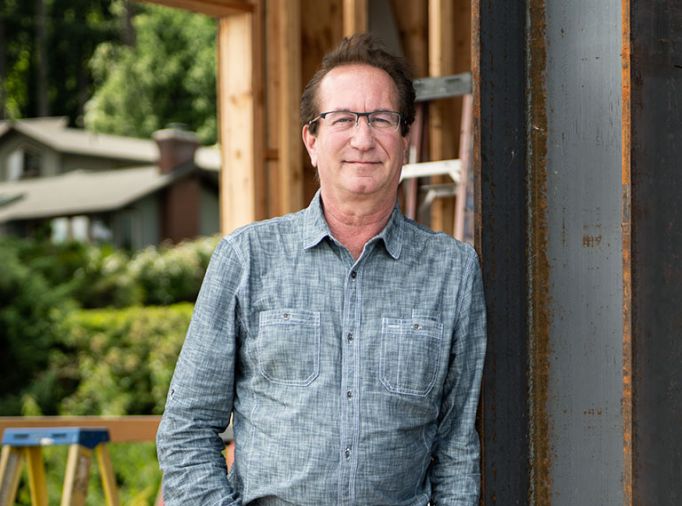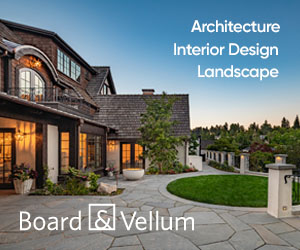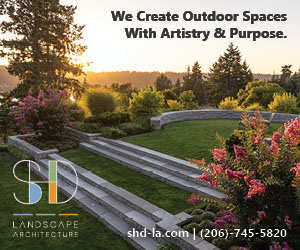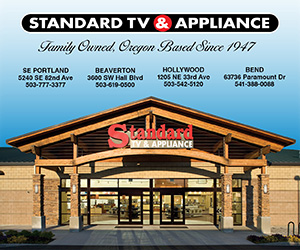Shoptalk - Brad Sturman, AIA
Was architecture something you were attracted to from childhood?
STURMAN As a child I was into art and fascinated by how things were put together. I’d take apart camera lenses, radios and experiment with various art projects promoted by our parents who took us to ceramic and drawing classes, and other after-school programs. As a result, I developed both a technical perspective on how things might go together as well as an artistic bent.
At 13, I experienced the jewelry and goldsmith industry, after my mother had me clean two family-owned jewelry stores in Seattle. When the jewelers there allowed me to work with some of their equipment, I began to develop a knack for jewelry manufacturing. By 16, I was an experienced jeweler, working weekends and summers during high school and college. That jewelry design experience and the portfolio of my custom pieces got me admitted into architectural school.
My first exposure to architecture occurred when my father asked my uncle, a Seattle architect, for design assistance in remodeling our home. Watching that process and experiencing the construction inspired me. Later, my first architectural job, a hands-on experience in the design world, was also for my uncle.
Could you talk about the early days of your firm? How has the firm evolved?
STURMAN I spent 10 years working for 5 different firms in Boston and Seattle, before starting my own business. At 34, I had a small office in Pioneer Square, Seattle, working solo, doing everything from client interaction, sketches and all my own computer drafting. I became a workaholic, which is what it took to make it. The Microsoft boom enabled me to land a large residential project and eventually, I was able to hire an architectural drafter and grow my firm to 16 people doing residential and light commercial projects.
Like many architectural offices, we have experienced the ups and downs of the market. We survived the 1990s dotcom bust, the 2008 downturn, and now are dealing with COVID-19 virus issue. Today, in my 24th year in business, I know how to deal with these fluctuations and remain busy with a smaller but experienced staff specializing in custom residential projects.
Many of your projects have a strong focus on both user experience, natural light, and integration into the surrounding landscape. Can you tell us more about this?
STURMAN I have always believed in a wholistic approach to design. A good design responds to multiple issues, including overall site orientation to establish morning and evening sunlight. The integration into landscape is so important to both respect the natural environment and how the project fits with natural slopes and views. Special attention is always placed on interior flow from space-to-space and room relationships. I’ve always said that every window has a specific meaning for both the interior space and exterior character. The simplest design usually takes the longest time to resolve all the complex issues.
Are there special considerations in approaching architectural design in the Northwest?
STURMAN Northwest Architecture reflects our weather, natural environment, water access and mountain views. Large roof overhangs help protect windows, doors, and siding from our excessive rains. I am seeing an evolution in that design owing to the development of better water barriers and more focus on water management from roofs and overall project sites. I am also seeing a mix of designs styles, influenced no doubt by people moving to this area from other parts of the country. We are now merging the old Northwest Style sometimes into a transitional style reflecting our clients’ lifestyle.
For more information visit: www.sturmanarchitects.com






